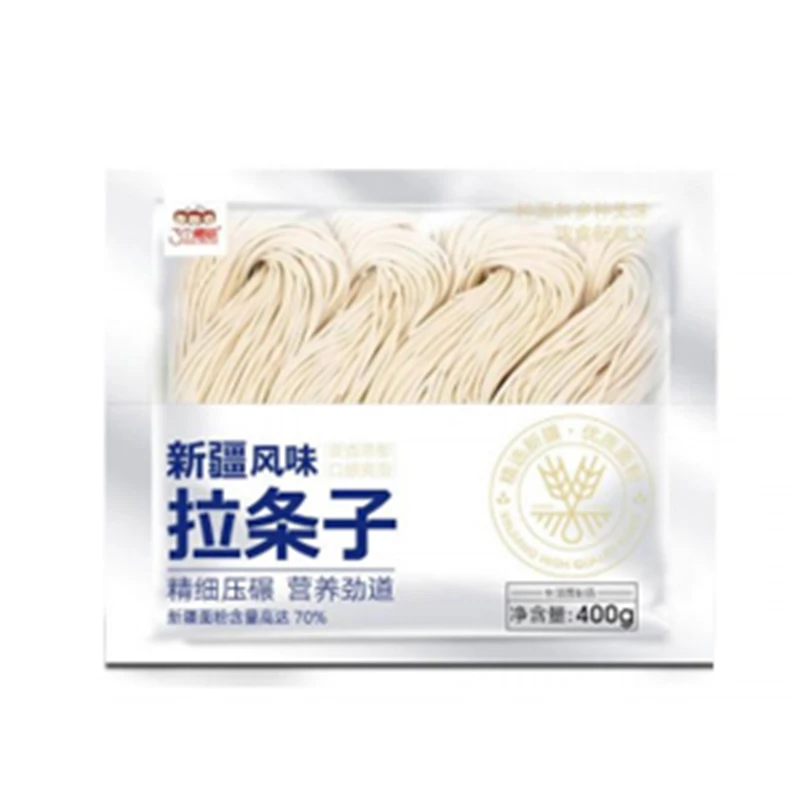what are soba noodles gluten free
Are Soba Noodles Gluten-Free? Understanding Soba Noodles and Their Ingredients
Soba noodles are an integral part of Japanese cuisine, known for their unique flavor and versatility. Made primarily from buckwheat flour, they are often enjoyed in various dishes from warm soups to chilled salads. However, a common question arises Are soba noodles gluten-free? The answer is nuanced and depends largely on the specific type of soba noodles in question.
What are Soba Noodles?
Soba noodles are traditionally made from buckwheat, a seed that is naturally gluten-free. Buckwheat has been a staple in Japanese cooking for centuries, praised not only for its nutritional benefits but also for its nutty flavor and earthy aroma. In their purest form, soba noodles contain only buckwheat flour and water. However, many commercially available soba noodles contain a blend of buckwheat flour and wheat flour to improve the texture and elasticity of the noodles. This is where the gluten concern arises.
Gluten and its Implications
Gluten is a protein found in wheat, barley, and rye. For individuals with celiac disease, gluten sensitivity, or wheat allergies, consuming gluten can lead to serious health issues. Symptoms can range from gastrointestinal distress to neurological problems. As such, those who follow a strict gluten-free diet must be vigilant about the foods they consume, including noodles.
Are All Soba Noodles Gluten-Free?
Not all soba noodles are gluten-free. When purchasing soba noodles, it is essential to check the ingredient label. Traditional soba noodles labeled as 100% buckwheat are indeed gluten-free and safe for those with gluten-related disorders. However, many popular brands may add wheat flour to the mix, often labeling their products simply as soba without clarifying the gluten content.
what are soba noodles gluten free

To ensure that you are consuming gluten-free soba noodles, look for packages that explicitly state gluten-free or 100% buckwheat. In recent years, there has been an increase in gluten-free options made from other alternatives such as brown rice or a blend of gluten-free flours. These can also serve as a suitable substitute for traditional soba in various recipes.
Cooking with Soba Noodles
When cooking with soba noodles, the method can impact their texture and taste. Traditional soba noodles should be rinsed under cold water after boiling, which helps to remove excess starch and prevents clumping. This is particularly important for salads where a light and refreshing texture is desired. Soba can be served hot in soups, cold in salads, or even stir-fried with vegetables and proteins.
If you are experimenting with gluten-free soba alternatives, similar cooking methods can be used. Just keep in mind that cooking times may vary depending on the type and thickness of the noodles.
Nutritional Benefits of Soba Noodles
In addition to being a gluten-free option, buckwheat soba noodles offer numerous health benefits. They are rich in protein, fiber, and essential vitamins and minerals such as manganese, magnesium, and phosphorus. Buckwheat is also known for its potential to help regulate blood sugar levels and improve heart health, making soba noodles a nutritious choice for many individuals.
In Conclusion
Soba noodles can be a gluten-free alternative if made solely from buckwheat flour, but many conventional varieties contain wheat flour. Always read labels carefully and seek out gluten-free brands to ensure safety for individuals with gluten sensitivities. With the right choices, soba noodles can be included in a delicious and healthy gluten-free diet. Whether enjoyed in a warm broth or as a chilled salad, soba represents a flavorful and nutritious component of Japanese culinary heritage.
-
Is Whole Wheat Pasta Healthy?NewsMay.30,2025
-
Are Soba Noodles Good for Weight Loss?NewsMay.30,2025
-
Are Buckwheat Soba Noodles Healthy?NewsMay.30,2025
-
Are Buckwheat Soba Noodles Gluten Free?NewsMay.30,2025
-
Are Buckwheat Noodles Good for You?NewsMay.30,2025
-
A Healthy Way to Savor Soba and Spicy FlavorsNewsMay.30,2025
-
What Are Lanzhou Noodles?NewsMay.30,2025
Browse qua the following product new the we

















































































































